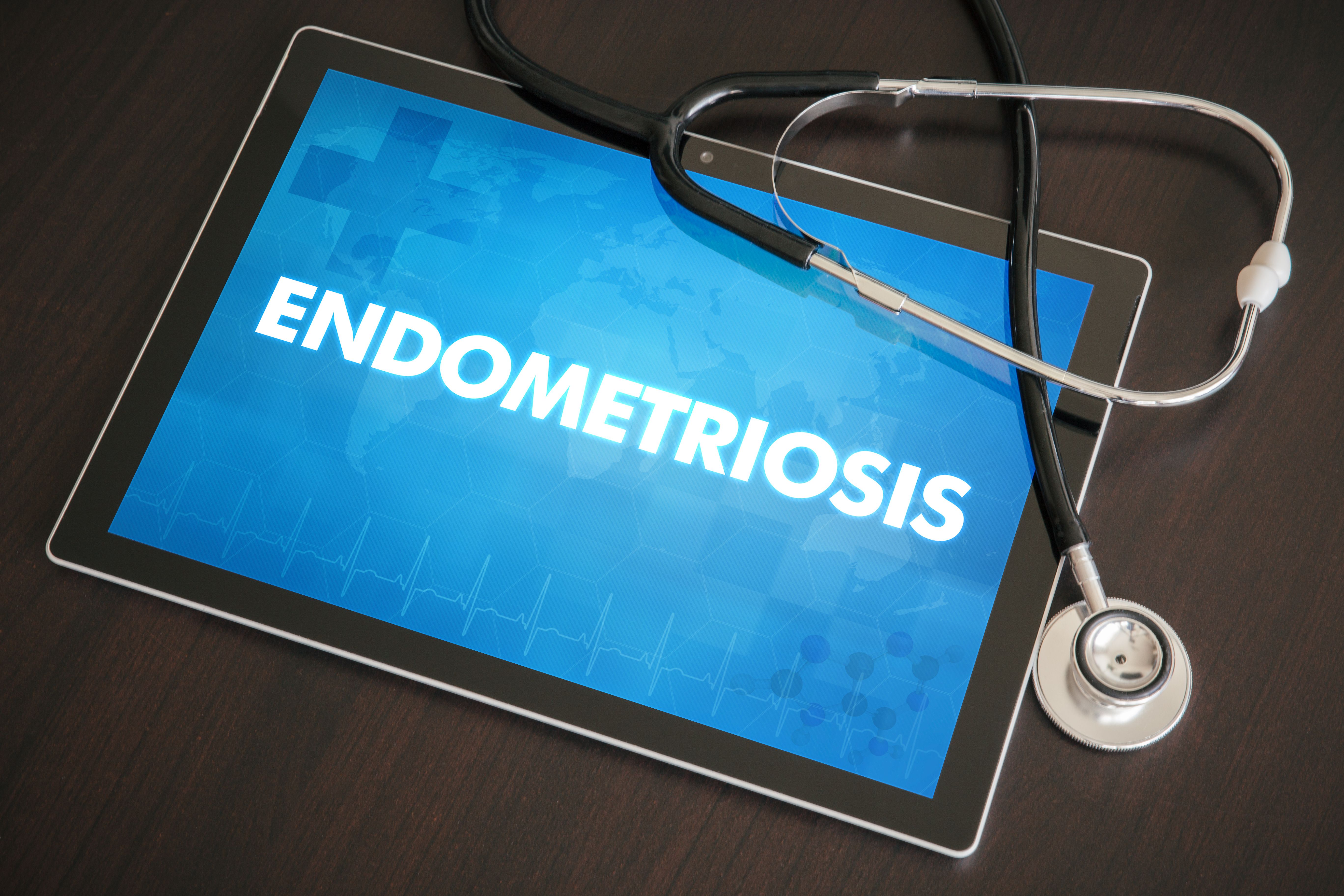Maternal BMI and neonatal outcomes in endometriotic women undergoing IVF
Endometriotic patients who were underweight before conception had a significantly higher rate of preterm birth (PTB) than underweight women without endometriosis, according to new research.

Endometriotic patients who were underweight before conception had a significantly higher rate of preterm birth (PTB) than underweight women without endometriosis in a study of the impact of preconception maternal body mass index (BMI) on neonatal outcomes in women with endometriosis who used in vitro fertilization (IVF). However, the report in Reproductive BioMedicine Online found no such difference with other BMI categories.
The retrospective research, performed in China, included of 7,086 women who delivered a singleton live birth via IVF between December 2006 and December 2017 at the Department of Assisted Reproduction of Shanghai Ninth People’s Hospital, which is affiliated with Shanghai Jiao Tong University School of Medicine.
Of the cohort, 1,111 women were diagnosed with endometriosis by laparoscopy or laparotomy, with 45% having ovarian disease and 55% having pelvic endometriosis. The indication for IVF in 74% of the endometriosis group was endometriosis, with the remaining 26% of patients having concomitant male factor infertility.
In the control group of 5,975 women without endometriosis, the indication for IVF was tubal factor infertility in 77% of patients and male factor infertility in the remaining 23% of cases.
Women in both groups were assigned to one of three predefined BMI groups: underweight (< 18.5 kg/m2); normal weight (18.5 to 24.9 kg/m2); or overweight/obese (≥ 25 kg/m2).
All comparisons were between women undergoing cryopreserved embryo transfer, with all embryos transferred into a more natural uterine environment than would have occurred with fresh transfers after ovarian stimulation. This allowed for the precise role of endometriosis to be determined in subsequent neonatal outcomes.
Following stratification by BMI, underweight women with endometriosis had higher rates of PTB (delivery before 37 gestational weeks) than underweight controls: 14.61% versus 3.28%; P < 0.001. However, normal weight and overweight/obese endometriotic women had PTB rates comparable to normal weight and overweight/obese controls.
One possible explanation as to why endometriosis results in higher PTB rates only in the underweight group is the difference in leptin concentration.“Leptin, a product of adipose tissue and responsible for regulating lipid metabolism, can reduce body mass by inhibiting food intake and stimulating energy expenditure,” wrote primary author Yun Wang, PhD, and her colleagues from Shanghai Ninth People’s Hospital.
Leptin signaling can also affect the formation of endometriosis though different pathways and is linked with inflammation in endometriosis.
“As is well known, inflammation has been implicated in the mechanisms responsible for term and preterm parturition,” the authors wrote.
Genetics is the other mechanism by which a low BMI impacts incidence of PTB. In addition, the genetic factors affecting BMI might be connected to the pathological process of endometriosis, which could result in preterm delivery.
Another finding of the study was a significant interaction between endometriosis and maternal BMI and PTB (P for interaction < 0.05). However, after accounting for potential confounding factors, the PTB rate remained consistently higher in the low BMI subgroup of women with endometriosis: adjusted odds ratio (aOR) = 4.66; 95% confidence interval (CI): 2.54 to 8.57.
Furthermore, the study detected no differences in the rate of early PTB, low birthweight, macrosomia, small for gestational age and large for gestational age between women with endometriosis and controls for any preconception category of BMI.
Overall, the findings underscore the importance of maintaining normal weight in women with endometriosis.
